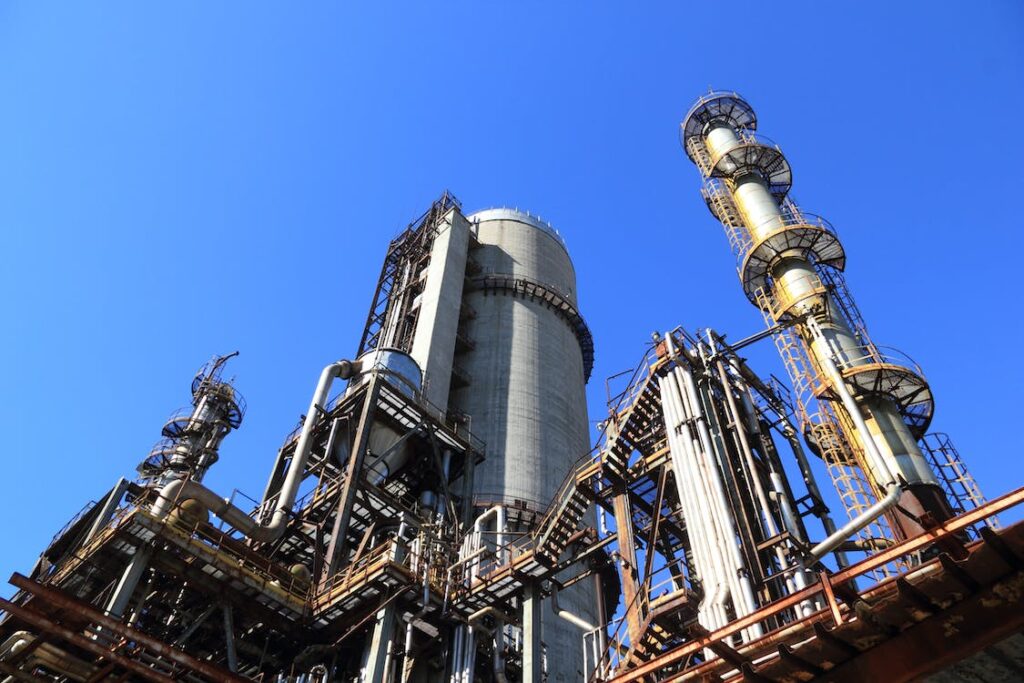The Child Labor in the Chocolate Industry is a global phenomenon, generating billions of dollars in revenue annually. Unfortunately, the production of chocolate has a dark side that is often overlooked labor exploitation and child labor. In this article, we will examine these issues and their impact on the chocolate industry.
The Prevalence of Labor Exploitation and Child Labor in the Chocolate Industry
The production of cocoa, the main ingredient in chocolate, is primarily carried out in West Africa, with Ghana and the Ivory Coast accounting for more than 70% of global cocoa production. In these countries, child labor is widespread, with some estimates suggesting that up to 1.5 million children are involved in cocoa farming.
Child labor in the cocoa industry often involves children as young as six years old working long hours, carrying heavy loads, and using dangerous tools such as machetes. These children are frequently denied access to education and healthcare and may be subjected to physical and verbal abuse.
Labor exploitation is also joint in the cocoa industry, with adult workers facing poor working conditions, low wages, and limited access to healthcare and education. Many workers are migrants from neighboring countries forced to work on cocoa farms without proper documentation or legal protections.

The Impact of Labor Exploitation and Child Labor on the Chocolate Industry
The use of labor exploitation and child labor in the cocoa industry significantly impacts the chocolate industry. First and foremost, it creates ethical concerns for consumers who may unknowingly support these practices through their purchases. This has led to increased scrutiny of the industry and a push for greater transparency and accountability.
Labor exploitation and child labor also have negative consequences for the sustainability of the cocoa industry. The use of child labor, in particular, puts future generations of cocoa farmers at risk, as it limits their access to education and perpetuates the cycle of poverty. Additionally, labor exploitation can lead to high turnover rates and low job satisfaction among cocoa workers, affecting the quality and consistency of cocoa production.

Addressing the Issue of Labor Exploitation and Child Labor in the Chocolate Industry
The issue of labor exploitation and child labor in the chocolate industry is complex and multifaceted, requiring a collaborative effort from all stakeholders. In recent years, the industry has made strides in addressing these issues through initiatives such as the Harkin-Engel Protocol and the Cocoa Action program.
The Harkin-Engel Protocol, or the Cocoa Protocol, is an agreement between major chocolate companies, governments, and civil society organizations to eliminate the worst forms of child labor in cocoa production. The CocoaAction program, meanwhile, is a voluntary industry-wide initiative that aims to promote sustainable cocoa farming and address labor issues.
In addition to these initiatives, independent organizations such as Fairtrade and Rainforest Alliance certified cocoa producers who meet specific labor and environmental standards. By supporting these organizations and buying accredited products, consumers can help to incentivize ethical and sustainable cocoa production.
Conclusion
Labor exploitation and child labor are severe issues in the chocolate industry, but they are not insurmountable. By working together, stakeholders in the industry can promote sustainable cocoa production and ensure that workers are treated fairly and with dignity.
Consumers also have a role to play by supporting ethical and sustainable products and holding companies accountable for their labor practices. With these efforts, we can create a chocolate industry that is both delicious and ethical.
FAQ’s
What are labor exploitation and child labor in the chocolate industry?
Labor exploitation refers to using workers in conditions that violate their fundamental human rights, such as poor working conditions, low wages, and limited access to healthcare and education. Child labor involves the employment of children in work that harms their physical or mental development, including long hours, heavy loads, and dangerous tools.
What are labor exploitation and child labor in the chocolate industry?
Labor exploitation refers to using workers in conditions that violate their fundamental human rights, such as poor working conditions, low wages, and limited access to healthcare and education. Child labor involves the employment of children in work that harms their physical or mental development, including long hours, heavy loads, and dangerous tools.
Why are labor exploitation and child labor prevalent in the cocoa industry?
The cocoa industry is primarily located in West Africa, where poverty and lack of opportunities lead many farmers to rely on child labor and low-cost labor from migrants. Additionally, the complex supply chain of the cocoa industry makes it challenging to ensure that labor standards are being met.
How do labor exploitation and child labor affect the chocolate industry?
The use of labor exploitation and child labor in cocoa production creates ethical concerns for consumers and negative consequences for the sustainability and quality of the cocoa industry.
What initiatives are being taken to address labor exploitation and child labor in the chocolate industry?
There are a variety of industry-wide initiatives, such as the Harkin-Engel Protocol and the Cocoa Action program, as well as independent certification organizations like Fairtrade and Rainforest Alliance, that aim to promote sustainable and ethical cocoa production.
What can consumers do to support ethical and sustainable cocoa production?
Consumers can support ethical and sustainable cocoa production by buying certified products and supporting initiatives that promote fair labor practices in the cocoa industry.
